Why Places Define Possibility
"Place defines possibility." This powerful phrase, recently shared by Evelyn Lee, FAIA, NOMA, in a June 30 letter, serves as a rallying call for architects, planners, builders, and civic leaders alike. It’s also the guiding principle behind the American Institute of Architects’ (AIA) 2025 national agenda, which prioritizes housing, climate resilience, and artificial intelligence. These challenges are deeply interconnected, and nowhere is that more evident than in the urgent housing crisis facing California and the nation.
Across the U.S., we're experiencing a staggering shortage of 4 to 7 million homes. California alone needs over a million more housing units to keep up with demand. At the same time, more than 750,000 people are unhoused, and since 2020, housing costs have skyrocketed by over 40%. These numbers are not just statistics, they represent missed opportunities, stifled potential, and broken systems.
But as Lee aptly points out: systems are made of people, and people can act.
A Systemic Crisis Demands a Collective Response
This is not merely a supply issue. It’s a system-wide breakdown fueled by outdated zoning laws, lengthy permitting processes, rising construction costs, and local gridlock. Yet the solutions don’t lie solely in federal action. The real, lasting work happens locally; where architects, designers, city planners, developers, and public officials can collaborate to move projects forward and enact change.
According to a national survey conducted by AIA and the U.S. Conference of Mayors:
95% of mayors identified safe, healthy housing as a top priority.
87% emphasized the need for energy-efficient homes with lower utility costs.
A majority anticipate a housing shortfall of 5,000 to 50,000 units in their cities over the next five years.
Architects are already embedded in the housing ecosystem, designing everything from single-family infill projects to affordable multifamily housing. But our influence can and must go further. We sit on zoning and design review boards. We serve as Chief Architects and advisors to city governments. We are trained to consider resilience, health, sustainability, and the long-term impact of the built environment. It’s time we also position ourselves as advocates for systems change.
Removing Barriers, Streamlining Solutions
One of the clearest takeaways from conversations with mayors is the need to eliminate permitting delays that stall development and drive up costs. Cities like New York, Chicago, and Phoenix have already adopted reforms allowing licensed architects to conduct third-party reviews or self-certify code-compliant projects. The results? Faster project delivery, reduced costs, and more housing reaching the people who need it most.
When trusted as partners in reform, architects can help shape zoning policies that:
Allow for ADUs (Accessory Dwelling Units)
Legalize co-living spaces
Reduce minimum lot sizes
Eliminate outdated parking mandates
Enable “missing middle” housing like duplexes, triplexes, and townhomes
Examples of forward-thinking cities include:
Chattanooga, TN, which recently passed a zoning code that increases density and housing variety.
Petaluma, CA, where a community-led process created a 15-minute neighborhood plan integrated into the city’s Climate Action Plan.
Dubuque, IA, where architect-led efforts unlocked over $200 million in investment for climate-resilient housing.
These successes reveal what’s possible when we move beyond "design as deliverable" and embrace "design as partnership."
Evelyn Lee’s AIA article: How Place Defines Possibility
Evelyn Lee, FAIA, NOMA
Photo: aia.org

